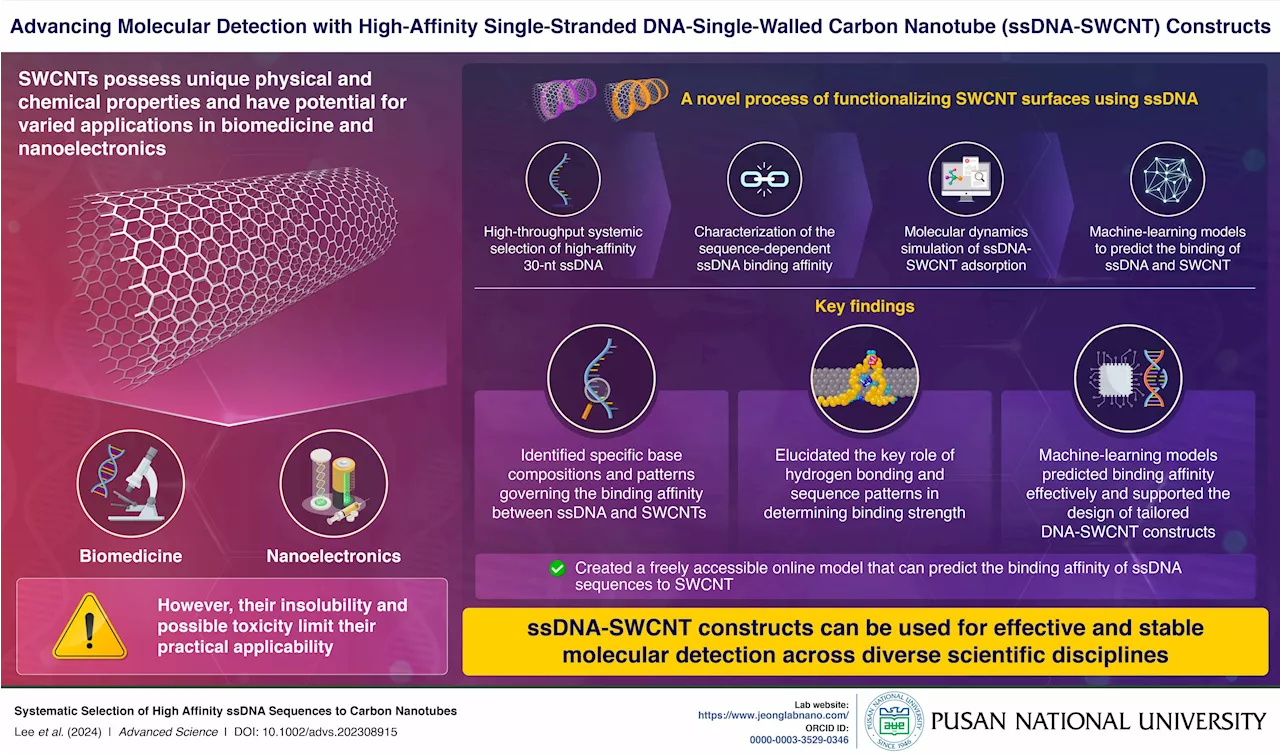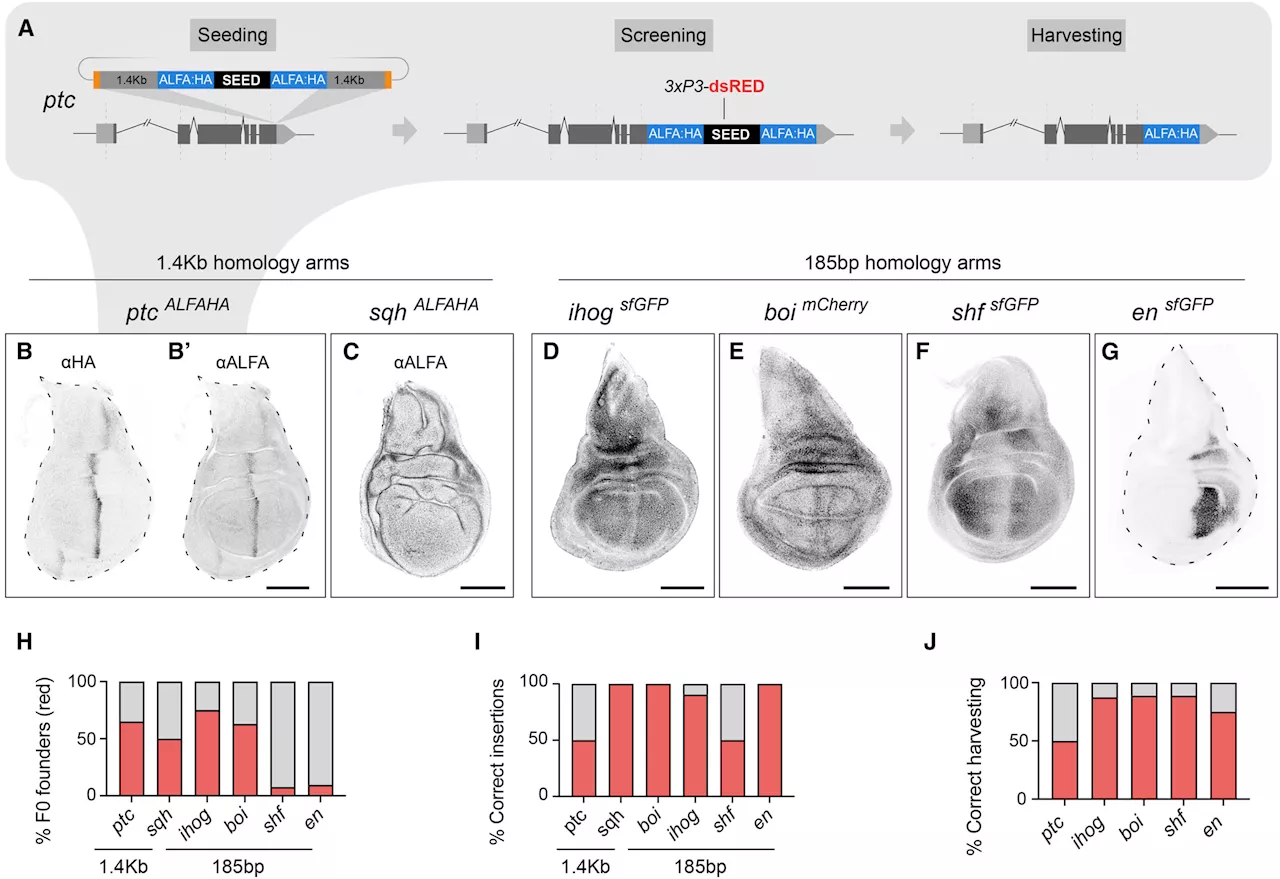Researchers have demonstrated a technology capable of a suite of data storage and computing functions -- repeatedly storing, retrieving, computing, erasing or rewriting data -- that uses DNA rather than conventional electronics. Previous DNA data storage and computing technologies could complete some but not all of these tasks.
Researchers from North Carolina State University and Johns Hopkins University have demonstrated a technology capable of a suite of data storage and computing functions -- repeatedly storing, retrieving, computing, erasing or rewriting data -- that uses DNA rather than conventional electronics. Previous DNA data storage and computing technologies could complete some but not all of these tasks.
"Specifically, we have created polymer structures that we call dendricolloids -- they start at the microscale, but branch off from each other in a hierarchical way to create a network of nanoscale fibers," says Orlin Velev, co-corresponding author and the S. Frank and Doris Culberson Distinguished Professor of Chemical and Biomolecular Engineering at NC State.
"You could say that Keung's team is providing the equivalent of microcircuits, and the dendricolloidal material that my team creates provides the circuit board," says Velev."Our NC State collaborator Adriana San Miguel helped us incorporate the materials into microfluidic channels that direct the flow of nucleic acids and reagents, allowing us to move data and initiate computing commands.
"There's a lot of excitement about molecular data storage and computation, but there have been significant questions about how practical the field may be," says Keung."We looked back at the history of computing and how the creation of ENIAC inspired the field. We wanted to develop something that would inspire the field of molecular computing. And we hope what we've done here is a step in that direction.".
Biometric Microarrays Materials Science Information Technology Hacking Encryption Computers And Internet
Singapore Latest News, Singapore Headlines
Similar News:You can also read news stories similar to this one that we have collected from other news sources.
 Researchers explore interplay between high-affinity DNA and carbon nanotubesSingle-walled carbon nanotubes (SWCNTs) have emerged as promising candidates for applications in biotechnology and nanoelectronics due to their exceptional physical and chemical properties. Despite their potential, challenges like insolubility and toxicity have hindered their widespread use.
Researchers explore interplay between high-affinity DNA and carbon nanotubesSingle-walled carbon nanotubes (SWCNTs) have emerged as promising candidates for applications in biotechnology and nanoelectronics due to their exceptional physical and chemical properties. Despite their potential, challenges like insolubility and toxicity have hindered their widespread use.
Read more »
 Researchers explore the interplay between high-affinity DNA and carbon nanotubesSingle-walled carbon nanotubes (SWCNTs) hold promise for biomedicine and nanoelectronics, yet the functionalization with single-stranded DNA (ssDNA) remains a challenge. Researchers using high-affinity ssDNA sequences identified through high-throughput selection.
Researchers explore the interplay between high-affinity DNA and carbon nanotubesSingle-walled carbon nanotubes (SWCNTs) hold promise for biomedicine and nanoelectronics, yet the functionalization with single-stranded DNA (ssDNA) remains a challenge. Researchers using high-affinity ssDNA sequences identified through high-throughput selection.
Read more »
 Researchers develop AI model that predicts the accuracy of protein–DNA bindingA new artificial intelligence model developed by USC researchers and published in Nature Methods can predict how different proteins may bind to DNA with accuracy across different types of protein, a technological advance that promises to reduce the time required to develop new drugs and other medical treatments.
Researchers develop AI model that predicts the accuracy of protein–DNA bindingA new artificial intelligence model developed by USC researchers and published in Nature Methods can predict how different proteins may bind to DNA with accuracy across different types of protein, a technological advance that promises to reduce the time required to develop new drugs and other medical treatments.
Read more »
 Technology to predict the deformation of DNA origami structures induced by DNA-binding moleculesA research team has developed a technology that can quickly predict the mechanochemical shape changes of DNA origami nanostructures. The team includes Professor Do-Nyun Kim's research team from the Department of Mechanical Engineering at The College of Engineering of Seoul National University.
Technology to predict the deformation of DNA origami structures induced by DNA-binding moleculesA research team has developed a technology that can quickly predict the mechanochemical shape changes of DNA origami nanostructures. The team includes Professor Do-Nyun Kim's research team from the Department of Mechanical Engineering at The College of Engineering of Seoul National University.
Read more »
 Precise genetics: New CRISPR method enables efficient DNA modificationWith the revolutionary CRISPR/Cas technology, the DNA of living organisms can be precisely altered. Using a guide RNA that recognizes a specific DNA sequence, Cas9 protein is recruited to that sequence and cuts the DNA. This targeted cut allows the DNA to be repaired or altered at this specific location.
Precise genetics: New CRISPR method enables efficient DNA modificationWith the revolutionary CRISPR/Cas technology, the DNA of living organisms can be precisely altered. Using a guide RNA that recognizes a specific DNA sequence, Cas9 protein is recruited to that sequence and cuts the DNA. This targeted cut allows the DNA to be repaired or altered at this specific location.
Read more »
 Cracking the code of life: new AI model learns DNA's hidden languageWith GROVER, a new large language model trained on human DNA, researchers could now attempt to decode the complex information hidden in our genome. GROVER treats human DNA as a text, learning its rules and context to draw functional information about the DNA sequences.
Cracking the code of life: new AI model learns DNA's hidden languageWith GROVER, a new large language model trained on human DNA, researchers could now attempt to decode the complex information hidden in our genome. GROVER treats human DNA as a text, learning its rules and context to draw functional information about the DNA sequences.
Read more »
